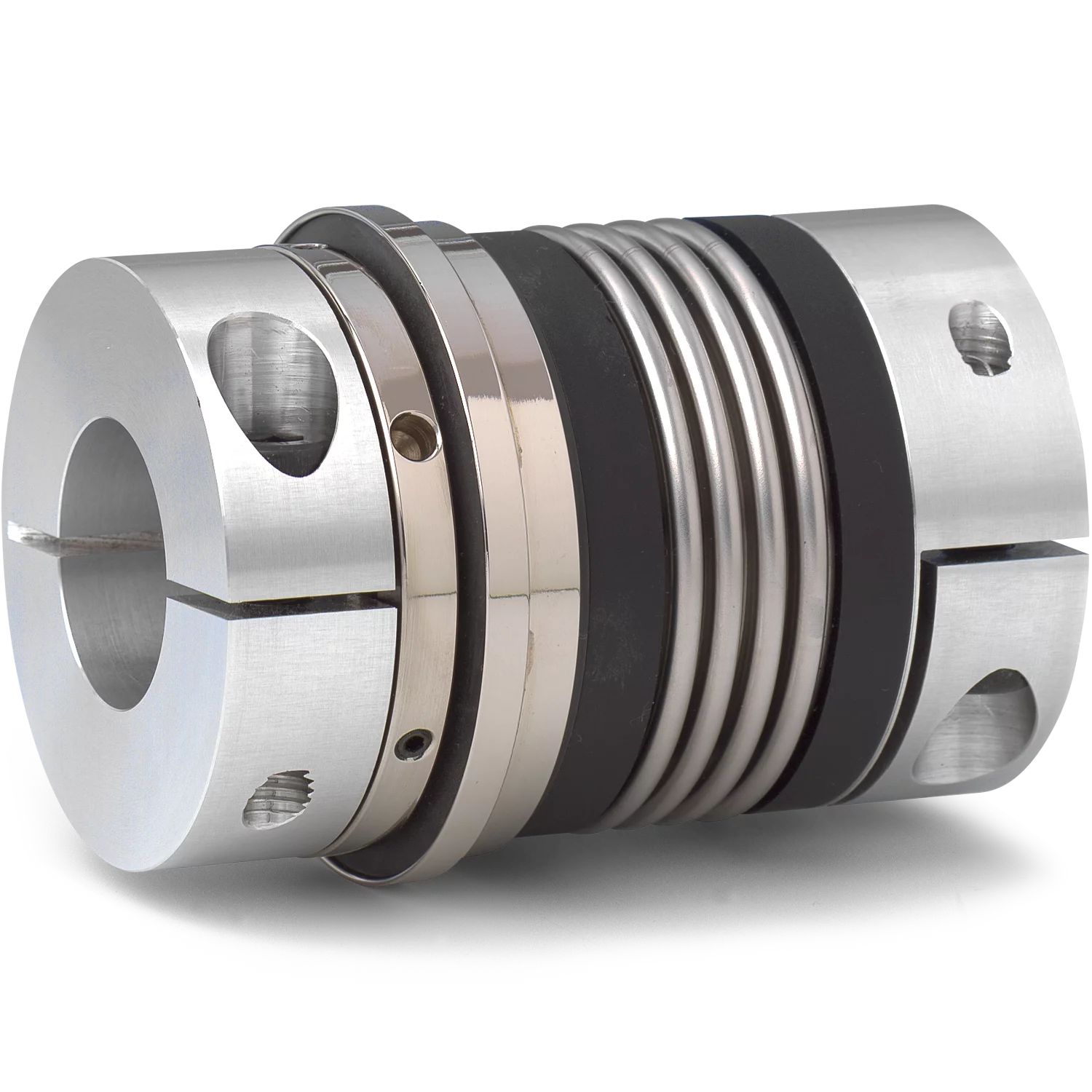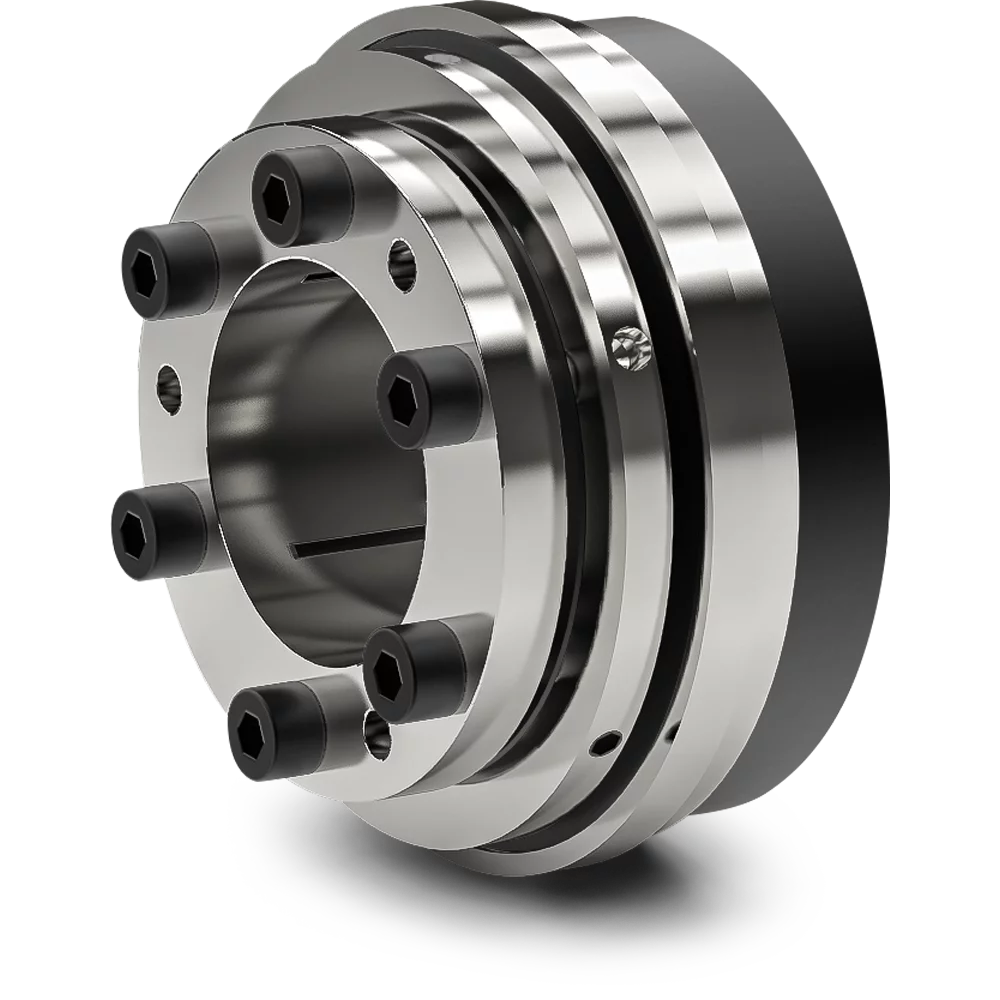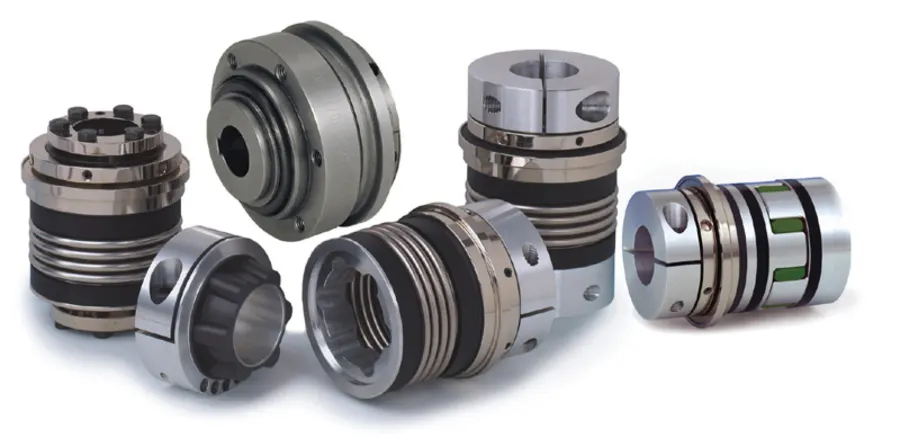Product Description
Product Description
Finish: Zinc Plated Place of Origin:ZheJiang , China
Brand Name:WDL Model Number: Steel chain
Structure:Welded Chain Function: for lifting
Standard or Nonstandard:Standard Size: 3/32″-1″
Surface treatment: White Zinc Plated Usage:Dragging, safety, general use
Color: White Packing:Gunny Bag, Bucket, Reel, Iron Drums
Grade:G30 MOQ:1 Ton
Product Parameters
LONG LINK CHAIN
| LINK SPECIFICATION | TEST LOAD | BREAKING LOAD | NET WT PER 200F(KG) | ||||
| D | L | W | |||||
| IN | MM | MM | MM | KG | KG | B.F | H.D.G |
| 1/8 | 3.20 | 23 | 12 | 200 | 400 | 10.40 | 10.70 |
| 5/32 | 4.00 | 27 | 15 | 300 | 600 | 16.60 | 17.50 |
| 3/16 | 4.70 | 31 | 17 | 400 | 800 | 22.40 | 23.30 |
| 7/32 | 5.50 | 32 | 19 | 550 | 1100 | 32.00 | 33.00 |
| 1/4 | 6.35 | 33 | 21 | 750 | 1500 | 43.50 | 44.80 |
| 5/16 | 7.94 | 48 | 31 | 1200 | 2400 | 68.00 | 70.00 |
| 3/8 | 9.50 | 60 | 37 | 1700 | 3400 | 96.00 | 99.00 |
| 7/16 | 11.11 | 71 | 41 | 2300 | 4600 | 126.00 | 129.00 |
| 1/2 | 12.70 | 85 | 48.5 | 3000 | 6000 | 167.00 | 172.00 |
| 5/8 | 15.80 | 114 | 61.5 | 4700 | 9400 | 256.00 | 264.00 |
| 3/4 | 19.00 | 125 | 75 | 6800 | 13600 | 381.00 | 392.00 |
| 7/8 | 22.20 | 140 | 88 | 9250 | 18500 | 527.00 | 543.00 |
| 1 | 25.40 | 155 | 100 | 12150 | 24300 | 696.00 | 716.00 |
SHORT LINK CHAIN
| LINK SPECIFICATION | TEST LOAD | BREAKING LOAD | NET WT PER 200F(KG) | ||||
| D | L | W | |||||
| IN | MM | MM | MM | KG | KG | B.F | H.D.G |
| 1/8 | 3.20 | 16 | 12 | 200 | 400 | 11.40 | 11.74 |
| 5/32 | 4.00 | 18.5 | 14.5 | 300 | 600 | 18.60 | 19.00 |
| 3/16 | 4.70 | 19 | 17 | 400 | 800 | 26.20 | 27.00 |
| 7/32 | 5.50 | 20 | 19 | 550 | 1100 | 36.80 | 38.00 |
| 1/4 | 6.35 | 22 | 21 | 750 | 1500 | 50.00 | 51.50 |
| 5/16 | 7.94 | 26.5 | 27.2 | 1200 | 2400 | 80.00 | 82.40 |
| 3/8 | 9.50 | 30 | 32 | 1700 | 3400 | 122.00 | 125.70 |
| 7/16 | 11.11 | 34 | 36 | 2300 | 4600 | 164.00 | 169.00 |
| 1/2 | 12.70 | 39 | 43 | 3000 | 6000 | 210.00 | 216.00 |
| 5/8 | 15.80 | 45 | 53 | 4700 | 9400 | 334.00 | 344.00 |
| 3/4 | 19.00 | 55 | 63 | 6800 | 13600 | 485.00 | 799.00 |
| 7/8 | 22.20 | 64 | 74 | 9250 | 18500 | 656.00 | 675.00 |
| 1 | 25.40 | 73 | 84 | 12150 | 24300 | 870.00 | 896.00 |
MEDIUM LINK CHAIN
| LINK SPECIFICATION | TEST LOAD | BREAKING LOAD | NET WT PER 200F(KG) | ||||
| D | L | W | |||||
| IN | MM | MM | MM | KG | KG | B.F | H.D.G |
| 1/8 | 3.20 | 20 | 12 | 200 | 400 | 10.80 | 11.00 |
| 5/32 | 4.00 | 23 | 15 | 300 | 600 | 17.40 | 18.00 |
| 3/16 | 4.70 | 25 | 18 | 400 | 800 | 24.40 | 25.00 |
| 7/32 | 5.50 | 26 | 19 | 550 | 1100 | 34.00 | 35.00 |
| 1/4 | 6.35 | 26 | 23 | 750 | 1500 | 48.80 | 50.00 |
| 5/16 | 7.94 | 32 | 29 | 1200 | 2400 | 76.00 | 78.00 |
| 3/8 | 9.50 | 35 | 35 | 1700 | 3400 | 111.00 | 114.00 |
| 7/16 | 11.11 | 38 | 38 | 2300 | 4600 | 154.00 | 158.00 |
| 1/2 | 12.70 | 50 | 45.5 | 3000 | 6000 | 194.00 | 200.00 |
| 5/8 | 15.80 | 60 | 56.7 | 4700 | 9400 | 303.00 | 312.00 |
| 3/4 | 19.00 | 76 | 69 | 6800 | 13600 | 432.00 | 445.00 |
| 7/8 | 22.20 | 90 | 80 | 9250 | 18500 | 586.00 | 603.00 |
| 1 | 25.40 | 105 | 95 | 12150 | 24300 | 770.00 | 792.00 |
Detailed Photos
Company Profile
Hello everyone, we are a company specializing in the production of various types of ordinary chains, high-strength chains, stainless steel chains, animal chains, and more than 300 specifications and varieties of chains. We can provide you with the best quality and price products. We hope to achieve cooperation
Always provide online customer service.
CHINAMFG link chain always lead the new development of technologies, new products
And value-added services. Over the years, link chains have been created, applied,
And enable real growth forcustomers into newmarketplaces.
Link chains are widely used in various industries.
Factory Photos
/* January 22, 2571 19:08:37 */!function(){function s(e,r){var a,o={};try{e&&e.split(“,”).forEach(function(e,t){e&&(a=e.match(/(.*?):(.*)$/))&&1
| Usage: | Transmission Chain, Drag Chain, Conveyor Chain, Dedicated Special Chain, Link Chain |
|---|---|
| Material: | Iron |
| Surface Treatment: | Electroplating |
| Samples: |
US$ 0/Meter
1 Meter(Min.Order) | Order Sample |
|---|
.shipping-cost-tm .tm-status-off{background: none;padding:0;color: #1470cc}
|
Shipping Cost:
Estimated freight per unit. |
about shipping cost and estimated delivery time. |
|---|
| Payment Method: |
|
|---|---|
|
Initial Payment Full Payment |
| Currency: | US$ |
|---|
| Return&refunds: | You can apply for a refund up to 30 days after receipt of the products. |
|---|

Can you provide insights into the importance of proper tensioner roller alignment?
Proper tensioner roller alignment is of utmost importance in a belt drive system as it directly affects the system’s functionality, performance, and longevity. Here are detailed insights into the importance of proper tensioner roller alignment:
1. Optimal Belt Tension:
Proper tensioner roller alignment ensures optimal belt tension, which is crucial for the efficient operation of the belt drive system. When the tensioner roller is correctly aligned, it applies the appropriate tension to the belt, keeping it properly tensioned and preventing excessive slack or tightness. Optimal belt tension ensures efficient power transfer, minimizes belt slippage, reduces wear on the belt and other components, and maximizes the overall performance of the system.
2. Prevents Belt Misalignment:
Tensioner roller alignment plays a vital role in preventing belt misalignment. Misalignment occurs when the belt deviates from its intended path, causing it to run off-center or make contact with adjacent components. Improper tensioner roller alignment can introduce lateral forces on the belt, leading to misalignment. Belt misalignment can result in reduced power transmission efficiency, increased wear on the belt and pulleys, and the generation of noise and vibrations. Proper tensioner roller alignment helps maintain the belt’s alignment, ensuring smooth operation and minimizing the risk of misalignment-related issues.
3. Reduces Belt Wear and Failure:
Proper tensioner roller alignment helps minimize belt wear and failure. Misalignment can cause the belt to rub against the pulleys or other components, resulting in accelerated wear and damage to the belt. Excessive wear can lead to belt stretching, cracking, or even premature failure. By ensuring proper tensioner roller alignment, the belt remains in its intended position, reducing friction, wear, and the risk of belt failure. This extends the lifespan of the belt and minimizes the need for frequent replacements, resulting in cost savings and improved system reliability.
4. Minimizes Noise and Vibration:
Correct tensioner roller alignment contributes to reduced noise and vibration levels in the belt drive system. Misalignment can cause the belt to oscillate, vibrate, or produce noise as it rubs against the pulleys or other components. These vibrations and noise can be transmitted throughout the system, leading to discomfort, increased wear on components, and a decrease in overall system efficiency. Proper tensioner roller alignment ensures smooth belt operation, minimizing vibrations and noise, and providing a quieter and more comfortable working environment.
5. Improves System Efficiency:
Proper tensioner roller alignment improves the overall efficiency of the belt drive system. Misalignment can result in energy losses due to increased friction, belt slippage, or inefficient power transfer. When the tensioner roller is correctly aligned, it helps maintain optimal belt contact with the pulleys, reducing energy losses and ensuring efficient power transmission. Improved system efficiency leads to reduced energy consumption, increased productivity, and cost savings over the long term.
6. Ensures Reliable Performance:
Tensioner roller alignment is critical for ensuring reliable performance of the belt drive system. Misalignment can lead to unexpected system failures, breakdowns, or unplanned downtime. Proper tensioner roller alignment helps maintain the overall stability and reliability of the system, reducing the risk of sudden failures or disruptions. By ensuring reliable performance, proper tensioner roller alignment contributes to increased productivity, improved operational efficiency, and enhanced system longevity.
7. Facilitates Maintenance and Service:
Proper tensioner roller alignment simplifies maintenance and service tasks. When the tensioner roller is correctly aligned, it is easier to access and adjust, allowing for straightforward tension adjustments or replacement when necessary. Maintenance personnel can quickly identify and address any alignment issues, ensuring that the system remains in optimal working condition. Proper tensioner roller alignment facilitates efficient maintenance practices, reduces downtime during servicing, and enhances the overall serviceability of the belt drive system.
In summary, proper tensioner roller alignment is crucial for the optimal performance, longevity, and reliability of a belt drive system. It ensures optimal belt tension, prevents misalignment, reduces wear on the belt, minimizes noise and vibration, improves system efficiency, and facilitates maintenance and service. By giving due attention to tensioner roller alignment, system operators can maximize the benefits of their belt drive systems and avoid potential issues that can arise from misalignment.

What factors should be considered when selecting tensioner rollers for different industrial applications?
When selecting tensioner rollers for different industrial applications, several factors need to be taken into consideration. These factors include:
1. Load and Tension Requirements:
The load and tension requirements of the specific industrial application are crucial factors to consider. It is important to determine the maximum load the tensioner roller will experience and the required tension for proper belt operation. This information helps in selecting a tensioner roller that can handle the anticipated loads and provide the necessary tension to prevent belt slippage or excessive wear.
2. Belt Type and Size:
The type and size of the belt being used in the industrial application are important considerations. Different belts have varying characteristics, such as width, thickness, and tooth profile. It is essential to choose a tensioner roller that is compatible with the specific belt type and size to ensure proper fit, alignment, and tension distribution.
3. Operating Speed:
The operating speed of the industrial application is a critical factor when selecting tensioner rollers. High-speed applications generate centrifugal forces that can impact belt tension and introduce vibrations. Tensioner rollers designed for high-speed applications are typically equipped with features to absorb vibrations and maintain consistent tension, ensuring reliable power transmission at elevated speeds.
4. Environmental Conditions:
The environmental conditions in which the tensioner roller will operate should be considered. Factors such as temperature extremes, humidity, dust, dirt, chemicals, and exposure to moisture or corrosive substances can affect the performance and durability of the tensioner roller. Selecting a tensioner roller with appropriate materials and protective coatings ensures its reliability and longevity in the specific environmental conditions.
5. Alignment and Adjustment Mechanism:
The alignment and adjustment mechanism of the tensioner roller play a crucial role in maintaining proper belt tension. Consider the ease of installation, adjustment, and alignment when selecting a tensioner roller. Look for features such as adjustable mounting positions, tension adjustment mechanisms, and reliable locking mechanisms that facilitate easy and precise tension adjustment and alignment of the belt.
6. Maintenance and Serviceability:
The maintenance and serviceability aspects of the tensioner roller should be taken into account. Evaluate the accessibility of the tensioner roller for inspection, lubrication, and maintenance tasks. Choose a tensioner roller that allows for easy replacement of worn or damaged components, minimizing downtime and maintenance costs in the industrial application.
7. Compatibility with the System:
Ensure that the tensioner roller is compatible with the overall belt drive system and other components in the industrial application. Consider factors such as the mounting arrangement, space constraints, and integration with other system elements. Compatibility ensures proper fit, functionality, and overall system performance.
8. Industry Standards and Regulations:
Complying with industry standards and regulations is essential when selecting tensioner rollers for industrial applications. Consider any specific requirements or guidelines set by relevant regulatory bodies or industry associations. Adhering to these standards helps ensure safety, reliability, and compliance with applicable regulations.
In summary, when selecting tensioner rollers for different industrial applications, it is important to consider factors such as load and tension requirements, belt type and size, operating speed, environmental conditions, alignment and adjustment mechanism, maintenance and serviceability, compatibility with the system, and adherence to industry standards and regulations. Considering these factors ensures the appropriate selection of tensioner rollers that will effectively support the belt drive system and optimize the performance and reliability of the industrial application.

What is a tensioner roller, and what role does it play in mechanical systems?
A tensioner roller, also known as a belt tensioner or idler pulley, is a component commonly used in mechanical systems to maintain proper tension in belts or chains. It plays a crucial role in ensuring the efficient and reliable operation of various systems that rely on the power transmission provided by belts or chains. Here’s a detailed explanation of what a tensioner roller is and the role it plays in mechanical systems:
1. Definition and Construction:
A tensioner roller is a pulley-like component that is typically mounted on a spring-loaded arm or bracket. It consists of a smooth or grooved surface that comes into contact with the belt or chain. The tensioner roller is designed to rotate freely on bearings or bushings, allowing it to accommodate the movement of the belt or chain and maintain the desired tension.
2. Tension Maintenance:
The primary role of a tensioner roller is to maintain the appropriate tension in belts or chains. Tension is crucial for the proper functioning of power transmission systems. If the tension is too loose, the belt or chain may slip, resulting in a loss of power transfer and potential damage to the system. On the other hand, excessive tension can cause increased wear on the belt or chain, as well as strain on other components. The tensioner roller applies the necessary force to keep the belt or chain properly tensioned, ensuring optimal power transmission efficiency and preventing premature wear or failure.
3. Compensation for Belt or Chain Stretch:
Over time, belts and chains can experience stretching due to normal wear and tear or changes in operating conditions. This stretching can lead to a decrease in tension and affect the performance of the mechanical system. Tensioner rollers are designed to compensate for belt or chain stretch by automatically adjusting their position to maintain the desired tension. The spring-loaded arm or bracket allows the tensioner roller to move and adapt to the changing length of the belt or chain, ensuring consistent tension throughout the system’s operation.
4. Noise and Vibration Dampening:
Tensioner rollers also contribute to reducing noise and vibration in mechanical systems. The smooth rotation of the tensioner roller on its bearings or bushings helps absorb and dampen the vibrations generated during the operation of the belt or chain. This reduces the overall noise level and improves the smoothness of the system’s operation, enhancing user comfort and minimizing potential damage caused by excessive vibrations.
5. Maintenance and Replacement:
Proper maintenance of tensioner rollers is essential to ensure their continued functionality. Regular inspections should be conducted to check for signs of wear, damage, or misalignment. If a tensioner roller is found to be worn, damaged, or no longer providing adequate tension, it should be promptly replaced to prevent further complications and maintain the optimal operation of the mechanical system.
6. Applications:
Tensioner rollers are used in a wide range of mechanical systems that rely on belts or chains for power transmission. They can be found in automotive engines, industrial machinery, HVAC systems, printing equipment, and many other applications. The specific design and size of tensioner rollers may vary depending on the requirements of the system in which they are used.
In summary, a tensioner roller is a crucial component in mechanical systems that rely on belts or chains for power transmission. It ensures the proper tension of the belt or chain, compensates for stretch, reduces noise and vibration, and contributes to the overall efficiency and reliability of the system. Regular maintenance and timely replacement of tensioner rollers are essential to ensure optimal performance and prevent potential issues in mechanical systems.


editor by CX 2024-04-16